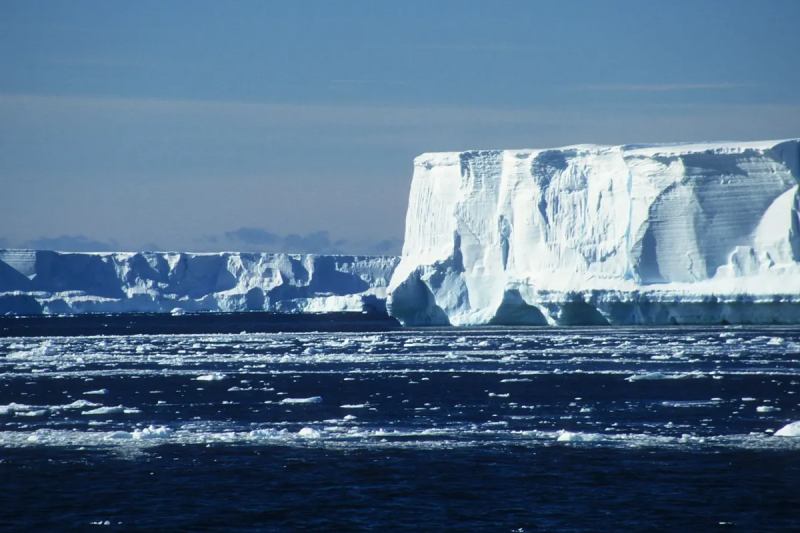The interaction between meandering ocean currents and the ocean floor causes upwelling velocity, which carries warm water to shallower depths, according to a recent study published in Nature Communications. The Amundsen Sea in West Antarctica is seeing significant ice shelf melting due to this mechanism. The quick destabilization of these ice shelves is causing the sea level to rise.
An international team of researchers from Seoul National University, Hokkaido University, and the Korea Polar Research Institute used cutting edge ocean modeling tools to look into the underlying causes of the rapidly melting ice shelf. The team was led by Taewook Park and Yoshihiro Nakayama.
Unlike previous theories that associated ice shelf melting mainly with winds over the Southern Ocean, this study emphasizes how important it is for meandering ocean currents and the ocean floor to interact in order to drive the melting process.
Because they are particularly vulnerable to rising ocean waters, the Pine Island and Thwaites ice shelves are among the fastest-changing in Antarctica. They serve as enormous barriers that prevent the glaciers behind them from calving into the sea.
The resulting rise in global sea levels, however, makes their rapid melting and possible collapse a serious menace to coastal towns around the world.
The study concentrated on how these ice shelves are melted from below by a layer of warm water known as the “modified Circumpolar Deep Water,” which sits beneath the cold surface waters. “The intensity and trajectory of ocean currents encircling the ice shelves directly govern the influx of warm water, thereby intricately shaping their rate of melting,” says Taewook. This demonstrates how crucial the ocean is to comprehending and mitigating the effects of climate change.
The “thermocline depth,” or the distance between warmer deep waters and colder surface waters, caught the interest of the researchers. The influx of warm water approaching the ice shelves is affected greatly by variations in the thermocline depth.
Warmer water was thought to be carried toward ice shelf cavities by ocean currents that were driven along the shelf break by stronger westerly winds located north of the Amundsen Sea. This behavior is more noticeable when El Niño conditions are met.
According to Nakayama, “Our findings challenge conventional wisdom.” Our research confirms that meandering ocean currents and the ocean floor interact to create upwelling velocity, which is responsible for the migration of warm water to shallower depths. When this warm water eventually reaches the ice-ocean contact, it speeds up the melting of ice shelves.
“This internal oceanic process driving ice shelf melting introduces a novel concept. With this in mind, we have to reevaluate winds driving Antarctic ice loss, which can significantly impact future projections.”
